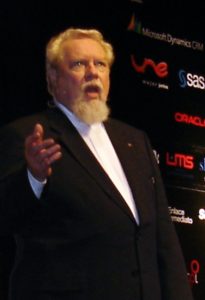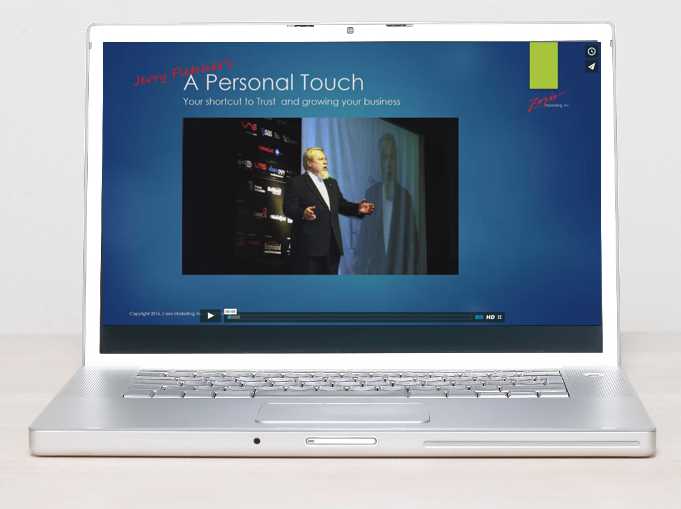- Focused
- Unique
- New
- First
- Defining
Successful brands are at least one of those.
Focused
The problem with most entrepreneurs is that in their rush to please customers they keep adding products or services and confuse people. Big companies are notorious for making this mistake. Automobile companies may be the best example of the worst behavior. Can you even begin to name the cars that Chevrolet manufactures today?
However, if you stick to one thing, then people identify you with that singular product or service or category. Examples: Starbucks, H&R Block, Subway.
Unique
There is only one Alan Weiss or Taylor Swift, or, for that matter, you. There is something unique in every individual. What is it about you that identifies you in other’s minds? One of my clients, a management Consultant is known for his ability to bring clarity to leadership of mid-size companies. He is known as “the Defogger.” Another is branded by her ability to help you see the psychological reasons you get tangled up in with managing money. When it comes to money knots, she is known as “the Untangler.”
If you are a professional or consultant your brand is a mixture of your skill set, your personality and how well you succeed in getting to trust. Ask your clients or patients or customers how you are different in their eyes. Use what you find out to let new connections have a better picture of you in their minds.
New
Brand spanking new, never seen before is not common. More often, yours is a new entry in an existing category. Every Salon that opens is new to the neighborhood but not to the category. Every young man or woman that passes the bar is a new lawyer but does not yet have a brand. Just because you are certified as one kind of professional or another doesn’t mean you have cachet. It may take years.
New is easier with products or services or even how people pay for your services. A former client (WingVentures) trained people to become pilots. The standard pricing in the industry is an hourly rate payment for the instructor plus an hourly rate payment for the aircraft plus the fuel cost for the aircraft each time you take a lesson. When he offered an all-inclusive price to go from novice to a pilot’s license he was not sure it would work until the first time he tried it and the client handed him a check for the full amount. The new approach netted him executive clients from not only his local area but from across the USA and Europe.
First
Don’t confuse being first with being first, ever. You can be first in your geographic area, first in your category or first to jump from one prospect audience to another.
Being first ever means you have to have a completely new product or product implementation. For example, false fingernails have been around since ancient times but Acrylic finger nails were invented in 1954. Fred Slack, a dentist, broke his fingernail at work, and created an artificial nail as a realistic-looking temporary replacement. After experiments with different materials to perfect his invention, he and his brother, Tom, patented a successful version and started the company Patti Nails.
Today, acrylic nails come in do-it-yourself kits. Professionals continue to offer them along with other kinds of false nails.
You will definitely not be the first to offer false nails but you could be the first to offer your own designs in your neighborhood.
You could be first to offer the service in the local barber shop with special nail designs just for men. Just thinking.
Defining
Sometimes a brand becomes the definition of product or service. Ever ask for a Kleenex or a Xerox? Ever specify a brand because they own the word that defines the solution to your problem? For instance, if it absolutely positively has to be there overnight you would probably call FedEx. Have a small cut? Sounds to me like you need a BandAid.
Remember my client the flight instructor? He offered Executive Flight Training. We oriented all discussion of the service and ancillary services to busy executives that wanted to get licensed on their schedule. There was a Private Pilot’s package, an Instrument Rating package and even a Jet Transition package. We even put together special deals for lodging for out of towners to come in for up to 21 days of training.
You can define your Brand with a word. It is best if it is a name but just hooking your brand to a specific word in the prospect’s mind can make you singular.
 Jerry Fletcher is a beBee ambassador, founder and Grand Poobah of www.BrandBrainTrust.com
Jerry Fletcher is a beBee ambassador, founder and Grand Poobah of www.BrandBrainTrust.com
His consulting practice, founded in 1990, is known for Trust-based Brand development, Positioning and business development on and off-line. He is also a sought-after International Speaker.
Consulting: www.JerryFletcher.com
Speaking: www.NetworkingNinja.com











